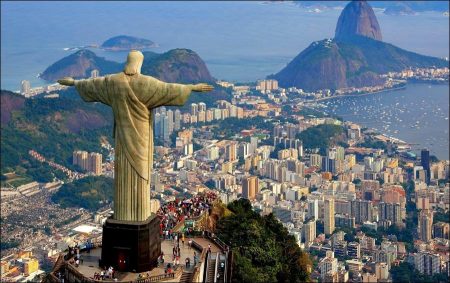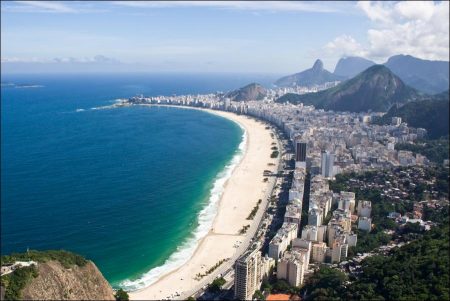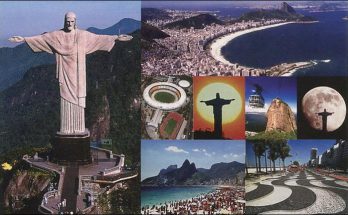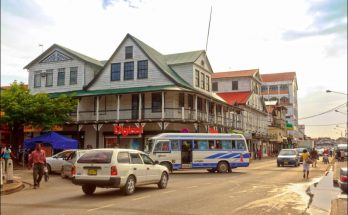Rio de Janeiro is the second largest city in Brazil, on the South Atlantic coast. Rio is famous for its breathtaking landscape, its laidback beach culture and its annual carnival. The harbour of Rio de Janeiro is comprised of a unique entry from the ocean that makes it appear to be the mouth of a river.
Additionally, the harbor is surrounded by spectacular geographic features including Sugar Loaf mountain at 395 meters (1,296 feet), Corcovado Peak at 704 meters (2,310 feet), and the hills of Tijuca at 1,021 meters (3,350 feet). These features work together to collectively make the harbor one of the Seven Natural Wonders of the World.
It is a common mistake to think of Rio as Brazil’s capital, a distinction it lost on 21 April 1960 when newly built Brasilia became the capital. Beaches such as Copacabana and Ipanema, the Christ The Redeemer (Cristo Redentor) statue, the stadium of Maracanã and Sugar Loaf Mountain (Pão de Açúcar) are all well-known sights of what the inhabitants call the “marvelous city” (cidade maravilhosa), and are also among the first images to pop up in travelers´ minds, along with the Carnaval celebration.
Sadly, most people also know Rio for its violence and crime. The drug lords and the slums, or favelas, are the tip of very old social problems. The favelas are areas of poor-quality housing, slums usually located on the city’s many mountain slopes, juxtaposed with middle-class neighborhoods. But now, with the UPP’s (Unidade de Polícia Pacificadora = Pacifying Police Unit) almost all the favelas are safe to go, because the police took the area from the drug dealers, so you can go there for some cultural gathering. A pretty calm and safe favela is “Morro do Pinto”. It is so calm that it doesn’t look like part of this urban Rio and it is in the center of the city.
The South Zone holds most of Rio’s landmarks and world-famous beaches, in an area of only 43.87 square km (17 mi²). Many of them are within walking distance of each other (for instance, the Sugar Loaf lies about 8 km/5 mi from Copacabana beach). Most hotels and hostels are located in this part of the city, which is compressed between the Tijuca Range (Maciço da Tijuca) and the sea. There are important places in other regions as well, such as Maracanã stadium in the North Zone and the many fascinating buildings in the Centre.
If you plan on staying in Rio for more than a couple of days it would be good to invest in a copy of “How to be a Carioca` (Priscilla Ann Goslin, Livros TwoCan Ltda, R$32). This is an amusing look at the people of Rio and will help you enjoy the city as well as appear less of a `gringo` when you hit the streets.
Copacabana
Probably the most famous strip of sand anywere in the world, Copacabana Beach encapsulated the flamboyant ’80s with its trunk-wearing, bronzed playboys and cocktail umbrella image. It hasn’t been a non-stop glamour ride since, however, and the gloss wore off to reveal a gritty and congested strip of faded glories and seedy late-night tales.
Today, Copa is back and once again means business. Some of the best restaurants in the city contrast with some of the oldest, most idiosyncratic bars around, while café culture threatens to overtake the cheese pie-and-açaí juice stops in the locals’ affections. The neighbourhood turned 120 years old on 6 June, 2012, and to commemorate, we have run down the best that one of the most famous neighbourhoods in the world has to offer.
Views: 178




